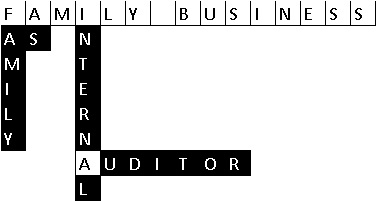There are three categories of audit clients:
- Clients who accepts all recommendations
- Clients who do not accept any recommendations
- Clients who are balanced who evaluates each recommendations, debate the necessity and offer their own solutions.
1. Clients who accepts all recommendations: An Internal Auditor need to be very careful when he is working with clients who accepts all recommendations. Auditor is bringing an independent perspective on what is working and what is not. However recommendations given by auditor may not be most effective or far from realistic. (He may not have appropriate experience for the given industry or function).
Generally the best way to deal with these clients is to ask them first what will work according to them.
2. Clients who do not accept any recommendations: An Internal auditor need to be logical and reams of facts while dealing with these clients.These clients will even ready to say that all observations are in fact exception (and not deviation from established procedures).
Generally the best way to deal with these clients is to ask them what are the allowed exceptions (before sharing the observations.)
3. Clients who are balanced who evaluates each recommendations, debate the necessity and offer their own solutions: These are the best people to work with. They will take your competence level to a new high and you will always be amazed with range of solutions discovered in the discussion phase. They challenge your fundamental assumptions on the processes.
The difference between 3rd and 2nd category is, 3rd category has a desire to improve and 2nd category wants to remain in the cocoon.
Call for action:
Inputs/ comments/ suggestion: I welcome inputs/ comments / suggestions from readers on how to approach this issue. Feel free to correct me, educate me.
Share the Article: If you like it, share it. If you share it with others, and they comment, we all will get more learned.
(Disclaimer: The views expressed constitute the opinion of the author and the author alone; they do not represent the views and opinions of the author ’s employers, supervisors, nor do they represent the view of organizations, businesses or institutions the author is, or has been a part of.)



